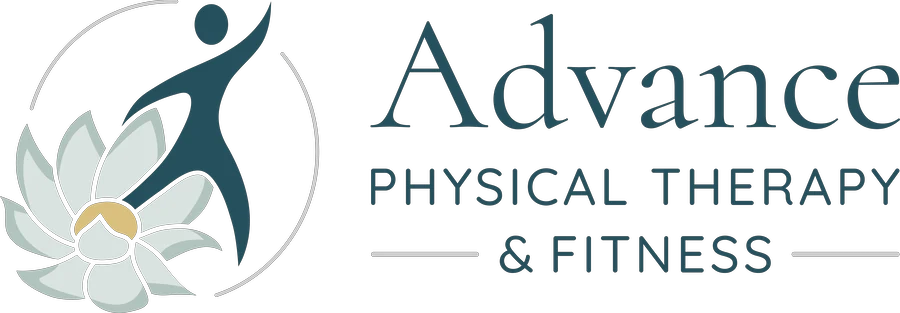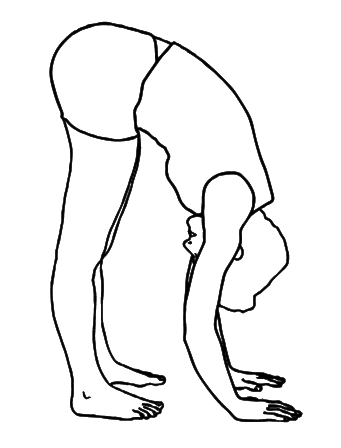What does it mean to be “hypermobile”?
If you are hypermobile, you may be “double-jointed” or very flexible. Are you someone able to perform splits easily, put your feet behind your head, or flatten your hands to the floor without bending your knees? If you are an older adult, maybe you were able to perform these movements easily when you were a […]
Scoliosis and the Importance of Early Intervention
If you are reading this, there’s a good chance you or your child has scoliosis. I’m going to guess you have a pretty good sense of what scoliosis is. The most frustrating part for you might be trying to figure out what to do about it. Your MD may have said, “Come back in 4-6 […]
Are High Arches Giving You Knee Pain?
Here is an image of a person with knee pain in her athletic footwear: I am likely to find knee pain in this body because of the “attitude” depicted above at the feet. When the feet and shoes roll outward, weight is no longer distributed evenly through the whole foot as intended at rest. This […]
Chronic Pain in Physical Therapy Students
Our own, Jean Massé, PT, DPT, PRC, OCS, ATC is an adjunct professor at The University of North Carolina in Chapel Hill. She teaches physical therapy students about chronic pain, scoliosis and diagnosis. Over the years of her teaching at UNC Chapel Hill, she has had many students approach her with their own chronic pain […]
How About My Aching Sacroiliac Joint?
Our bodies are amazingly capable of compensating, allowing us to continue to move and function in our busy lives. Unfortunately, compensation often comes with a cost. The Sacroiliac joint (SI joint) is a common source of compensation and pain when movement elsewhere in the body becomes problematic. The most common issue I see in the […]
What are Curvatures of the Spine?
The human spine is made up of 33 stacked vertebrae. These segments allow small movements in all directions which facilitates balance in the upright position. A normal human spine is not straight. There are small curves at the neck, upper back and low back. If these curves become exaggerated, posture, mobility and stability of the […]
Physical Therapy Treatment for Shortness of Breath
One of the benefits of improving core strength through the Postural Restoration approach, is that is requires us to establish efficient breathing patterns (http://www.posturalrestoration.com/the-science/treatment). In doing so, many of my patients that come in with back or neck pain subsequently report that their breathing has improved along with their pain reduction. I have recently seen […]
A Physical Therapist Describes Treatment at Advance Physical Therapy
Tell us about your experience at Advance Physical Therapy (APT) and how your function has improved since beginning physical therapy. My reason for coming to APT was to address a mild scoliosis. While not debilitating or the source of intractable pain, it has contributed to severe muscle tension throughout my shoulders and neck, and it […]
Poor Posture, Poor Core Control, Difficulty Breathing
Too much “Doing” and not enough “Being”: a recipe for pain and poor performance. There are fundamental principles for healthy core body alignment and breathing. When these essential elements are missing, postural compensations, strain and less efficient movement strategies become habits that often lead to pain and or inefficiency of movement. What are the essentials? […]
Pilates: Postural Restoration Style
The efficacy of three-dimensional Schroth exercises in adolescent idiopathic scoliosis: A randomised controlled clinical trial
It is always affirming to see support in the literature for the changes we see case by case at Advance Physical Therapy every day. Recently, a randomized controlled trial was conducted to evaluate the effectiveness of professionally administered, 3 dimensional Schroth exercise program for the treatment of scoliosis. I think there are two key points […]
Too much “Doing” and not enough “Being”: a recipe for pain and poor performance.
There are fundamental principles for healthy core body alignment and breathing. When these essential elements are missing, postural compensations, strain and less efficient movement strategies become habits that often lead to pain and or inefficiency of movement. What are the essentials? (How to get better at “Being” in the core) The pelvic ring should be […]


